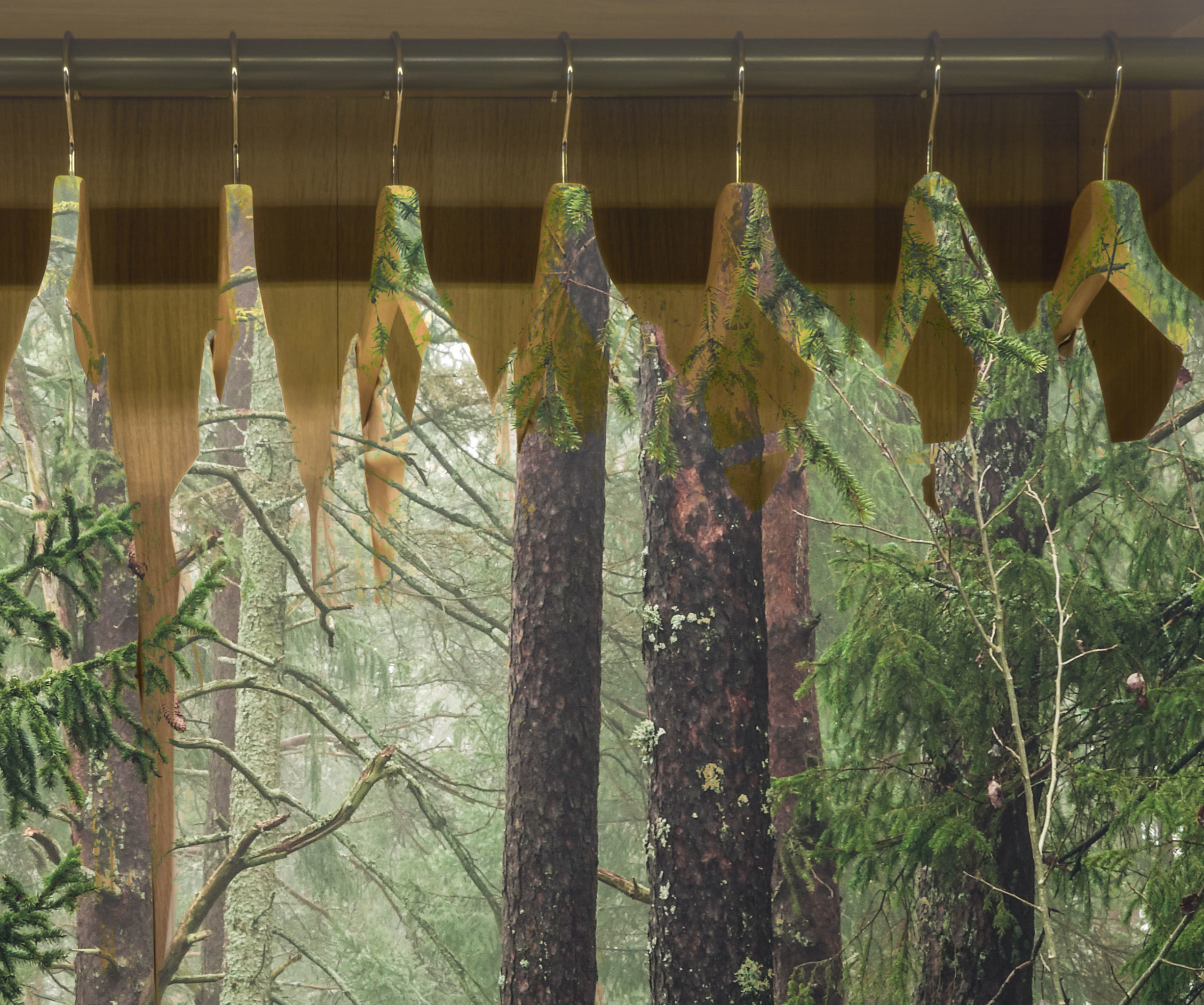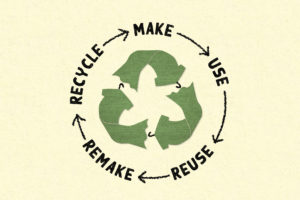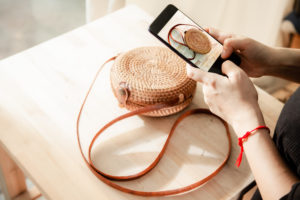
Resell, re-commerce, zero waste, recycle, second hand. And even sustainable, take-back, reuse, reduce, e-waste, and repair. They’re words on the tip of every tongue in the fashion world, indicating a rising trend that reflects our increased awareness about the health of the planet.
Upcycling and the New Life Cycle of Clothing
Upcycling, i.e., the creative reuse of fabric and garments, taking unsold items or inventory, or even vintage collections, and turning them into raw materials for exclusive new creations. What exactly is the difference between upcycling and recycling? The word itself provides some clues, as the prefix ‘up’ is no coincidence. The main difference can be found in the end result, turning products that are no longer wanted or being used into others that are of high quality and even more sought-after than the originals. In other words, they’re more valuable due to their creative or artistic nature. The ‘added value’ that fashion designers and artists give to unsold and re-assembled garments is what distinguishes this innovative process from the often-touted practice of reuse/recycling scrap materials.
Much More than Recycling: New Reselling Platforms and the Circular Economy
Leveraging the consciousness of younger generations (Millennials and Gen Z), and with the acceleration in demands for a healthier planet ushered in by the COVID-19 pandemic, upcycling and reselling are making headway among fast-fashion giants and luxury fashion houses. First among them is Gucci with Off the Grid, a sustainable collection made from recycled, regenerated, organic and sustainably-sourced materials. It seems that the commitment to the survival of the planet is, at least in the fashion industry, being turned into virtuous processes that reward reuse and implement new production methods while moving towards a circular economy.

Which are the New Entry Brands on the Second-Hand Fashion Stage?
Brands such as Diesel, with its upcycled designer collections, Tommy Hilfiger and Levi’s with their buyback programmes for their old clothes, or Cos, which has set up a reselling platform through which the brand’s community can sell used pieces and buy new ones, are leading the charge. Even Burberry has partnered with online marketplace RealReal, where users can sell the English brand’s most iconic pieces and previously-owned looks in support of the circular economy.
Reselling Haute Couture
In the same vein, other luxury brands have begun selling vintage pieces from their archives: from Gucci’sJackie bag to the Lady Dior from the French fashion house. Among those on the cutting edge of reselling are, of course, celebrities, who are finding ways to give their barely-used garments (read: worn once and never used again) new life.

Reselling: Statistics and Outlook
In 2019, the reselling industry was worth $7 billion; in 2024 it is poised to reach new heights of circa $36 billion. In September alone, online searches relating to vintage products grew 104%. According to a recent report from Boston Consulting Group, which was based on consumer data from the Vestiaire Collective platform, the second-hand market is expected to grow 15-20% each year.
Must-Haves of 2021: Sustainable Online Shopping
Far from being distracted, the post-COVID consumer profile is someone who cares deeply about sustainability and won’t easily give up the convenience of online shopping. Affordable and environmentally sustainable, zero waste fashion is weaving a dense network of apps through which to sell and purchase vintage and used pieces.
Buying and Selling Clothing Online is Global
Platforms to buy and sell previously-owned clothing run the gamut from Vestiaire Collective for luxury items to Depop and eBay for fast fashion brands, and even Italian companies like Vintage and Lampoo. Products range from high end to vintage: Flyp, Facebook Marketplace, Instagram, Etsy, Vinted, and Poshmark. Each one has its Achilles heel and its own marketing strategy: some aim to provide qualified staff to e-commerce newbies, while others invest everything in presenting the perfect image and techniques to create professional photographs. The common thread that unites them all is a robust international marketing plan that reinforces their presence on social media, optimizes the conversion rate of their e-commerce site, and masters the highly-competitive online market: multilingual and without borders!
Terms:
Buyback – Riacquisto
Circular economy – economia circolare
E-waste – Sprechi online
Recycle -Riciclare
Reduce – Ridurre
Repair – Riparare
Reselling – Rivendita
Reusing – Riutilizzo
Second hand – Seconda mano
Sustainable – Sostenibile
Take-back – riportare vecchi capi
Upcycling – Riutilizzo
Zero waste – Zero sprechi


